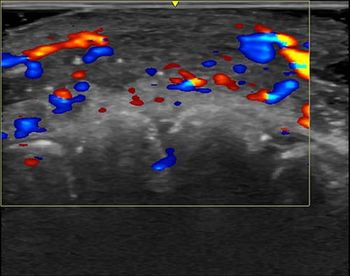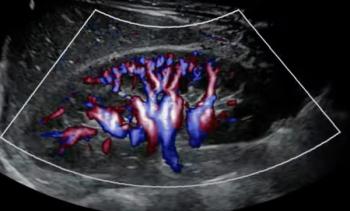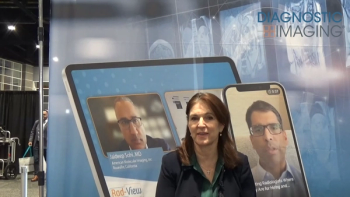
Leadership of Siemens Ultrasound changes
The ultrasound group of Siemens Medical Systems will soon have new leadership. Lothar Koob, who joined the group in 1992 as vice president, will leave his post effective Jan. 1, 1998. Taking his place will be Wolfgang Reim, previously head of the special
The ultrasound group of Siemens Medical Systems will soon have new leadership. Lothar Koob, who joined the group in 1992 as vice president, will leave his post effective Jan. 1, 1998. Taking his place will be Wolfgang Reim, previously head of the special products group of Siemens Medical Engineering in Erlangen, Germany.
In his five years at the helm of the ultrasound division, Koob laid the technological and organizational foundation for the company's transformation from a bit player in the modality to one of the industry's strongest contenders. The 24-year Siemens veteran, who had previously served in Siemens MR, engineered two efforts that proved critically important to the rise of Siemens Ultrasound.
Soon after being assigned to the ultrasound group, Koob consolidated Siemens' ultrasound operations in Issaquah, WA, and along the way endured a voluntary shutdown of U.S. shipments that the company imposed due to Food and Drug Administration concerns about complaint-handling procedures. He also presided over a crash effort to create a high-end radiology product, Sonoline Elegra, which was introduced at the 1995 Radiological Society of North America meeting (SCAN 12/13/95).
"We started with the question of what we could do differently from the rest of the ultrasound industry," Koob said of Elegra's development process. "When we analyzed the existing ultrasound units we came to the conclusion that image processing was the way."
Koob chose to build Elegra around a prototype digital signal processor chip that today, as part of the Crescendo processor, allows software-only upgrades to Elegra. Using this chip set, Siemens implemented SieScape, an innovative means for compiling a panoramic view of the body in gray-scale images. Color SieScape and a 3-D version are now pending.
Siemens declined to state the reasons for Koob's departure, other than to say that he is leaving to pursue other interests.
Newsletter
Stay at the forefront of radiology with the Diagnostic Imaging newsletter, delivering the latest news, clinical insights, and imaging advancements for today’s radiologists.




























